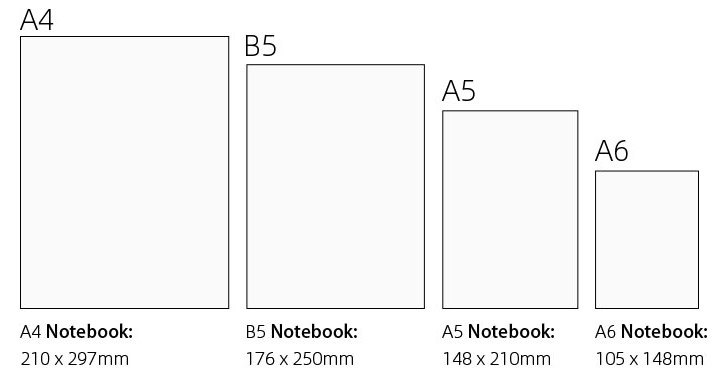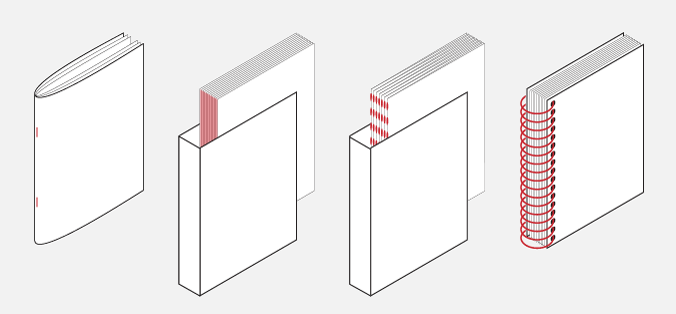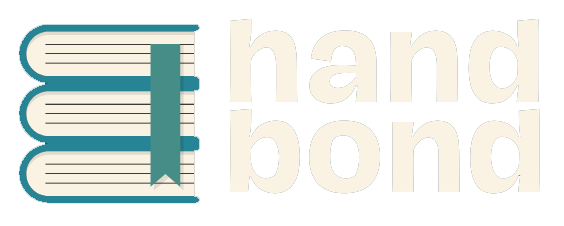The Ultimate Guide to Choosing the Right Notebook for Your Needs (Best Explanation 2024)

Introduction
The Ultimate Guide to Choosing the Right Notebook for Your Needs
A notebook is more than just a collection of pages—it’s a tool that helps you capture your thoughts, ideas, and creativity. Whether you’re looking for a notebook to jot down daily tasks, write personal reflections, or sketch your next masterpiece, choosing the right notebook for your needs is essential. In this Best Explanation 2024, we’ll walk you through the various types of notebooks and help you find the one that fits your lifestyle and preferences.
1. Identifying Your Purpose: What Will You Use It For?
The Ultimate Guide to Choosing the Right Notebook for Your Needs

Before choosing a notebook, it’s important to consider what you’ll primarily use it for. Different notebooks cater to different activities, and selecting one that suits your needs will enhance your overall experience.
Here are some common notebook uses:
- Journaling: A personal space for reflection and mindfulness.
- Note-taking: For school or work-related tasks.
- Sketching and Drawing: Ideal for artists who need blank pages.
- Bullet Journaling: Combining productivity and creativity with structured layouts.
Once you’ve determined the primary use, you can narrow down your options based on page type, size, and other factors.
2. Types of Paper: Lined, Dotted, Blank, or Grid
The Ultimate Guide to Choosing the Right Notebook for Your Needs
The paper inside your notebook plays a crucial role in how you’ll use it. Here’s a breakdown of the most common paper types:
- Lined Paper: Best for writing, note-taking, and journaling. The structure helps keep your writing neat and organized.
- Dotted Paper: A favorite among bullet journal enthusiasts. It provides subtle guidance for drawing grids, sketches, or lists.
- Blank Paper: Perfect for artists or those who want complete freedom in how they use their notebook. Ideal for sketching, doodling, and freewriting.
- Grid Paper: Commonly used for technical drawings, graphs, or detailed planning.
Pro Tip: If you’re planning to use pens, markers, or paints, consider notebooks with thicker, high-quality paper to prevent ink bleeding through.
3. Notebook Sizes: Finding the Perfect Fit
The Ultimate Guide to Choosing the Right Notebook for Your Needs

Notebook size matters, especially when you need something that fits your lifestyle. Here’s a look at popular notebook sizes:
- A4 (8.3 x 11.7 inches): Great for those who need ample writing space, such as students or professionals.
- A5 (5.8 x 8.3 inches): The most popular size, compact yet large enough for everyday use.
- Pocket Size (3.5 x 5.5 inches): Ideal for those who want something portable to jot down quick notes or ideas on the go.
Handbond Recommendation: If you’re unsure which size to choose, start with an A5 notebook from Handbond, offering the perfect balance between portability and space.
4. Binding Options: Spiral, Stitch, or Hardbound
The Ultimate Guide to Choosing the Right Notebook for Your Needs

The Ultimate Guide to Choosing the Right Notebook for Your Needs
How your notebook is bound impacts durability, ease of use, and flexibility. Here are the most common binding types:
- Spiral Bound: Allows pages to lay flat or fold back easily, making it perfect for note-taking or drawing.
- Stitch Bound: Pages are sewn into the spine, providing durability. Often found in higher-quality journals.
- Hardbound: Offers a professional appearance with a sturdy cover. Perfect for journaling or creating long-lasting records.
Each type of binding has its advantages depending on how you plan to use your notebook. For flexible everyday use, spiral-bound notebooks are often the go-to, while stitch-bound or hardbound notebooks are better suited for journaling and archival purposes.
5. Covers: Softcover vs. Hardcover
The Ultimate Guide to Choosing the Right Notebook for Your Needs
Choosing between a softcover and hardcover notebook is more than just an aesthetic decision. It also affects durability and portability.
- Softcover Notebooks: Lightweight and flexible, perfect for carrying around daily. They can easily fit into bags and backpacks.
- Hardcover Notebooks: More durable and structured. Ideal for those who need a notebook that can withstand constant wear and tear or be used in professional settings.
Pro Tip: Opt for a hardcover notebook if you’re prone to rough handling or need to protect your notes over the long term. For a more casual or portable option, a softcover may suit your needs better.
6. Additional Features: What Else Should You Consider?
The Ultimate Guide to Choosing the Right Notebook for Your Needs
When selecting the perfect notebook, additional features can elevate your writing or creative experience:
- Page Numbers: Helps with organization, especially if you’re using your notebook for bullet journaling or project planning.
- Bookmarks: Keep track of your progress or important sections with built-in ribbons or tabs.
- Perforated Pages: Makes it easy to tear out pages cleanly without damaging the notebook.
- Pockets: Ideal for storing loose notes, receipts, or small documents.
These extra features can greatly improve the functionality of your notebook and make it even more versatile.
7. Environmentally Friendly Options: Sustainable Notebooks
The Ultimate Guide to Choosing the Right Notebook for Your Needs
For eco-conscious buyers, choosing an environmentally friendly notebook is a great way to support sustainability while enjoying high-quality products. Look for notebooks made from recycled paper or brands that prioritize sustainable practices.
Handbond Eco-Friendly Collection: Our eco-friendly notebooks are made from sustainably sourced materials, offering you the best balance between quality and environmental responsibility.
8. Personalized Notebooks: Adding a Personal Touch
The Ultimate Guide to Choosing the Right Notebook for Your Needs
Adding personalization to your notebook is a great way to make it uniquely yours. Whether it’s custom monograms, embossed designs, or using your favorite stickers and washi tapes, personalizing your notebook can make it a more enjoyable experience.
Creative Ideas for Personalization:
- Add Stickers: Use stickers or labels to decorate the cover or section off parts of the notebook.
- Washi Tape: Decorate the edges of your pages with colorful washi tape to create a more aesthetic and inspiring look.
- Embossing: Many companies offer embossed initials or custom covers for a more sophisticated, personalized notebook.
Conclusion
The Ultimate Guide to Choosing the Right Notebook for Your Needs
Choosing the right notebook is about understanding your personal needs and preferences. Whether you’re using it for work, creativity, or personal growth, there’s a notebook out there that’s perfect for you. From the paper type and size to binding and cover style, every element plays a role in creating the perfect journaling or writing experience. Ready to find your perfect match? Check out the wide selection of Handbond notebooks to get started!
Follow Us:
https://pinterest.com/handbondshop/
Tags:
Notebooks, Choosing the Right Notebook, Notebook Guide, The Ultimate Guide to Choosing the Right Notebook for Your Needs, Handbond Notebooks, Creative Journals, Bullet Journals, The Ultimate Guide to Choosing the Right Notebook for Your Needs, Lined Paper Notebooks, Sketchbooks, Notebook Sizes, Softcover vs. Hardcover, Eco-Friendly Notebooks, The Ultimate Guide to Choosing the Right Notebook for Your Needs, Sustainable Stationery, Writing Tools, Personalized Notebooks, Productivity
